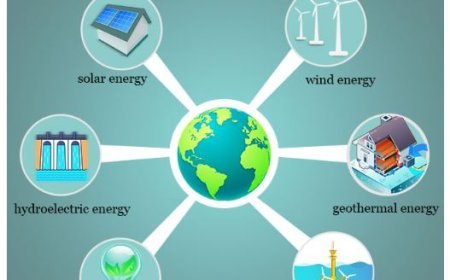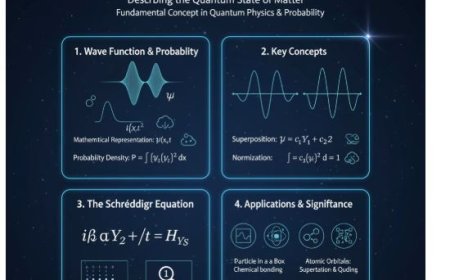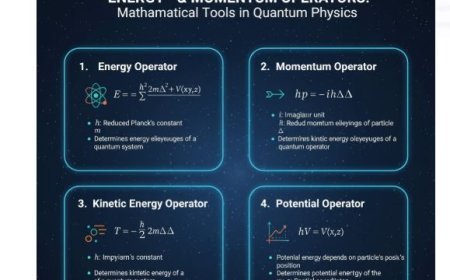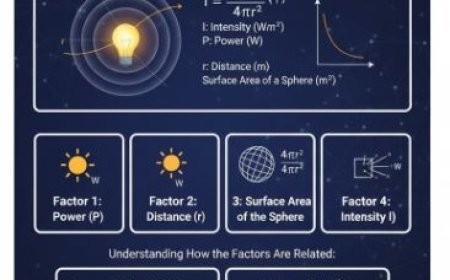Stellar Energy: Research and Power Reactors
Stellar energy is the power produced by stars through nuclear fusion, the process where light atoms like hydrogen combine to form heavier ones such as helium, releasing immense energy. This natural phenomenon powers the Sun and other stars. Scientists study stellar energy to understand how stars generate heat and light — and to replicate this process on Earth using fusion power reactors. Projects like ITER aim to create clean, sustainable, and nearly limitless energy by mimicking stellar fusion. This article explores how stars form and produce energy, the role of fusion research, and the challenges of developing fusion-based power reactors for the future of energy.
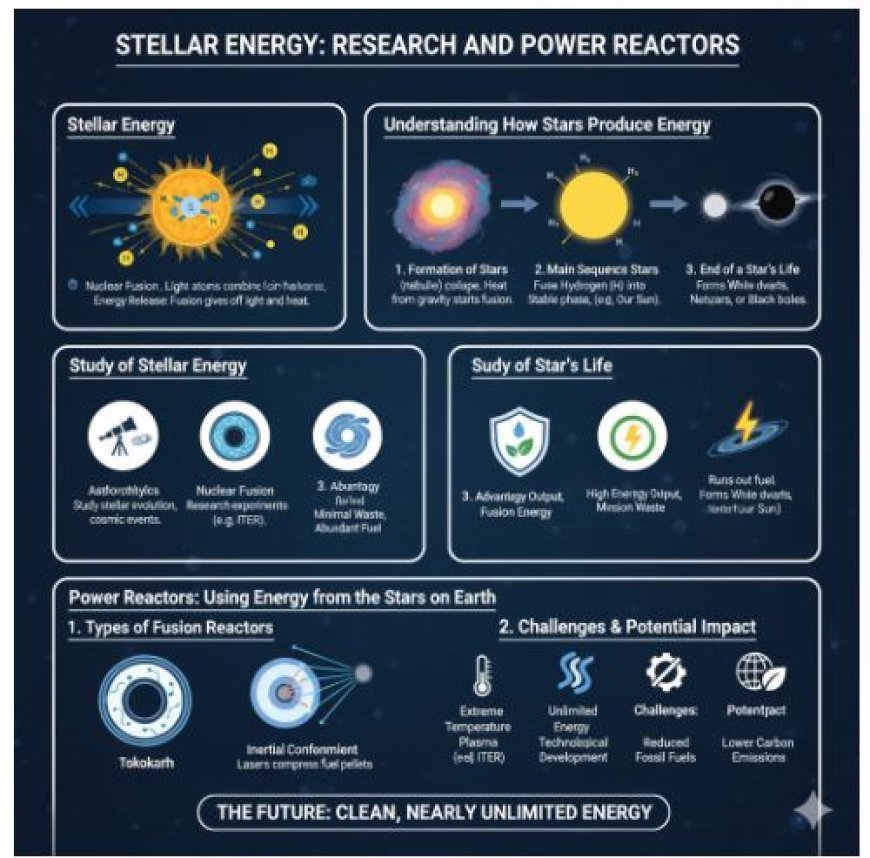
Stellar Energy: Research and Power Reactors
Stellar energy is an interesting subject in physics. It looks at how stars, like our Sun, generate energy and how we can use similar energy on Earth for different purposes.
Stellar Energy
Stellar energy is the energy that stars generate through a process called nuclear fusion. Nuclear fusion occurs when light atomic particles join together to form a larger particle, releasing a tremendous amount of energy. This process is what makes stars shine brightly in the sky.
Important Points:
- Nuclear Fusion is when light atoms, like hydrogen, join together to form heavier atoms, like helium.
- Energy Release: Fusion gives off energy in the form of light and heat, making stars very hot and bright.
Understanding How Stars Produce Energy
To understand how stars produce energy, we must examine the main stages in a star’s life cycle.
1. Formation of Stars
- Stars are formed from clouds of gas and dust called nebulae.
- When these materials come together due to gravity, they start to heat up.
- Nuclear fusion begins when temperatures and pressures become high enough.
2. Main Sequence Stars
- Main sequence stars are in a stable phase of their life cycle.
- They spend most of their time fusing hydrogen into helium in their cores, producing energy that keeps them shining.
- Examples of Main Sequence Stars:
- Our Sun is currently in this stage, which will last for billions of years.
3. End of a Star’s Life
- When stars run out of hydrogen, they undergo changes, creating heavier elements through fusion.
- Depending on their size, stars die as:
- White dwarfs
- Neutron stars
- Black holes
Study of Stellar Energy
Research on stellar energy helps us understand how fusion occurs in stars and how we can replicate this process on Earth. Scientists study the formation of stars and the conditions necessary for fusion.
1. Astrophysics
- Astrophysicists study how stars are born, live, and die, and the energy they create.
- They use telescopes and other tools to observe stars and cosmic events.
2. Nuclear Fusion Research
- Researchers conduct controlled nuclear fusion experiments in laboratories to replicate stellar processes.
- Facilities like ITER (International Thermonuclear Experimental Reactor) work to make fusion a practical energy source.
3. Advantages of Fusion Energy
- High Energy Output: Fusion generates a large amount of energy compared to traditional energy sources.
- Less Radioactive Waste: Unlike nuclear fission, fusion does not produce dangerous long-lived radioactive waste.
- Abundant Fuel Source: It uses hydrogen isotopes, which are plentiful and easily available.
Power Reactors: Using Energy from the Stars on Earth
Scientists are developing fusion reactors to replicate how stars produce energy. Even though we cannot directly use stellar energy, we can create similar energy through controlled fusion.
1. Types of Fusion Reactors
- Tokamak: A doughnut-shaped machine that uses magnetic fields to confine hot plasma, where fusion occurs.
- Inertial Confinement: Uses lasers or other methods to compress and heat tiny fuel pellets, triggering fusion.
2. Challenges in Fusion Energy
- Temperature: Achieving the extreme temperatures required for fusion (millions of degrees Celsius) is very difficult.
- Stability: Keeping the plasma stable long enough to sustain fusion and generate useful energy is a major challenge.
3. Potential Impact
- Nearly Unlimited Energy: Fusion reactors could provide a limitless and clean energy source.
- Reduced Dependence on Fossil Fuels: Fusion energy could help reduce reliance on coal, oil, and natural gas.
- Lower Carbon Emissions: A successful fusion energy system would significantly reduce carbon pollution, helping to combat climate change.
What's Your Reaction?









